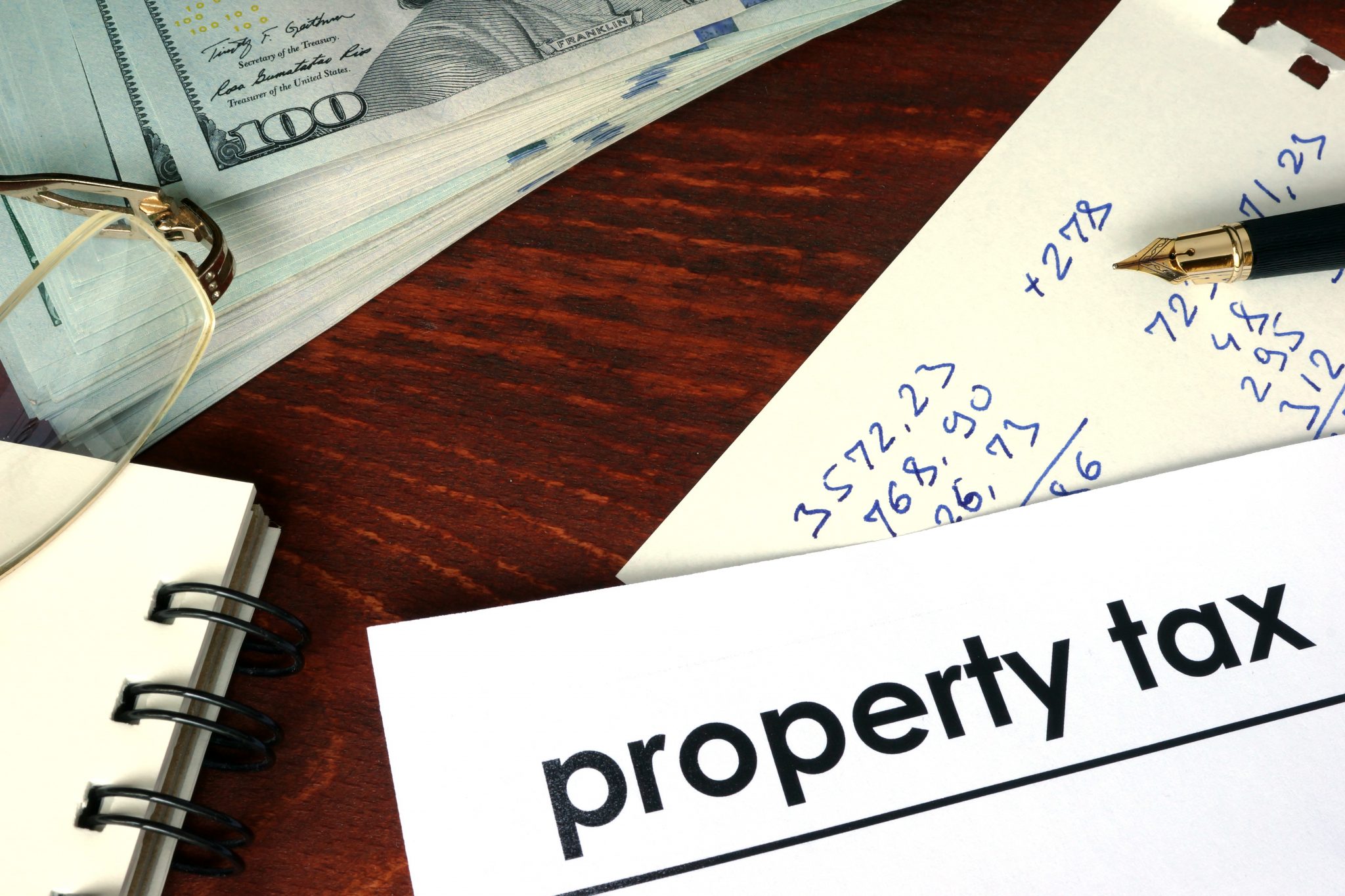How to Find a Trustworthy Realtor
https://www.c4dcrew.com/wp-content/uploads/2020/01/CONTRACT-FOR-DEED_-PROS-AND-CONS-4.png 1000 500 Sam Radbil Sam Radbil https://secure.gravatar.com/avatar/c8f81a032b93592f72744c525214f92a?s=96&d=mm&r=gYou may find that there are so many different realtors out there. The problem is that there are many realtors that are selfish and concerned more about how much money they can make than about you.
This is why you need to take the time to find a trustworthy realtor that makes you a priority. By reading on, you can learn about the important things to look for when finding a trustworthy realtor.
Referrals
One of the easiest ways to find a trustworthy realtor is through referrals from people you trust. Ask around, seeing if anyone you know has had a particularly positive experience with a realtor. People are always willing to share if they had a very good or very bad experience with someone. You want to be sure that the people who you are asking had a similar situation as you, such as a first-time homebuyer, as this can make a difference in the experience. After you get some names, be sure to check if they have any certifications and are a member of the National Association of Realtors.
According to Wendy’s Real Estate, “you want to be sure that the people who you are asking had a similar situation as you, such as a first-time homebuyer, as this can make a difference in the experience. After you get some names, be sure to check if they have any certifications and are a member of the National Association of Realtors.”
Active in the Community
Anyone can sell homes, but it takes a special type of realtor to actively participate in the community. This is a great way to see if they are actually invested in the community. This could be through participating in local schools or charities.
They could work with local businesses. These are realtors that are selling more than just homes; they are selling the community. This can show that they are passionate about what they are doing and who they are working with.
Has Chemistry with You
You want someone who will work with you. If you and the realtor have clashing personalities, this will not be a successful partnership for either of you. You will also want to look for a realtor who is compassionate and understands your individual needs.
Buying and selling homes are very emotional and stressful experiences. You want someone on your side who is patient with you and who works with your specific needs. Everyone has a different experience and you want to make sure that your realtor understands yours.
Do Your Research
Most importantly, you want to make sure that you do your research. Go online and check out their online presence. Do they have a positive reputation? How many negative reviews do they have? It’s normal for a realtor to have a few negative reviews, but if they have a lot of them you may want to find a different realtor. Make sure that they have a current license or if they have had any disciplinary actions against them. Also, be sure to find out what their real estate commission is before signing any deals.
Conclusion
Finding the right realtor is crucial to the home buying and selling experience. It’s not only important to find the right realtor for your needs, you need to find one who is trustworthy. The realtor should have your best interests at heart, not solely focused on earning their money. By following these tips, you will be able to find a trustworthy realtor that is perfect for you.














